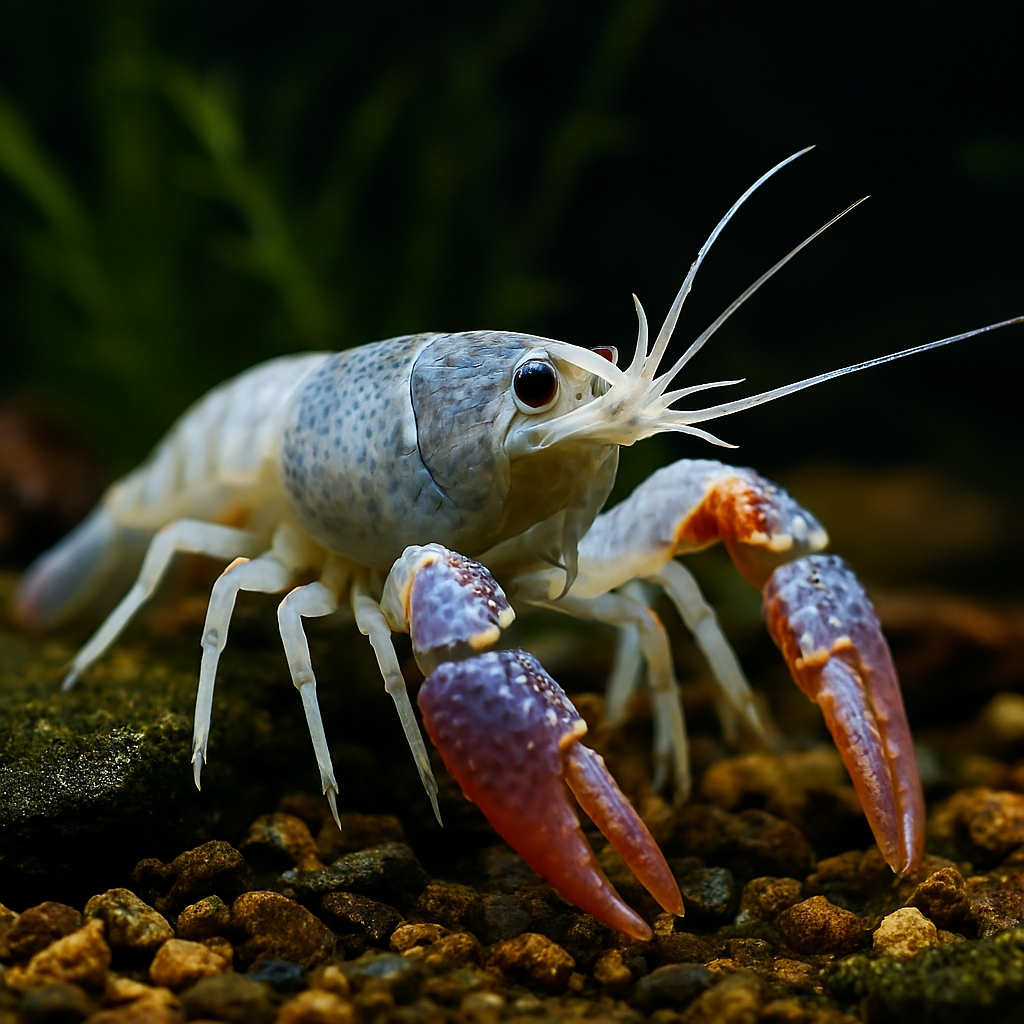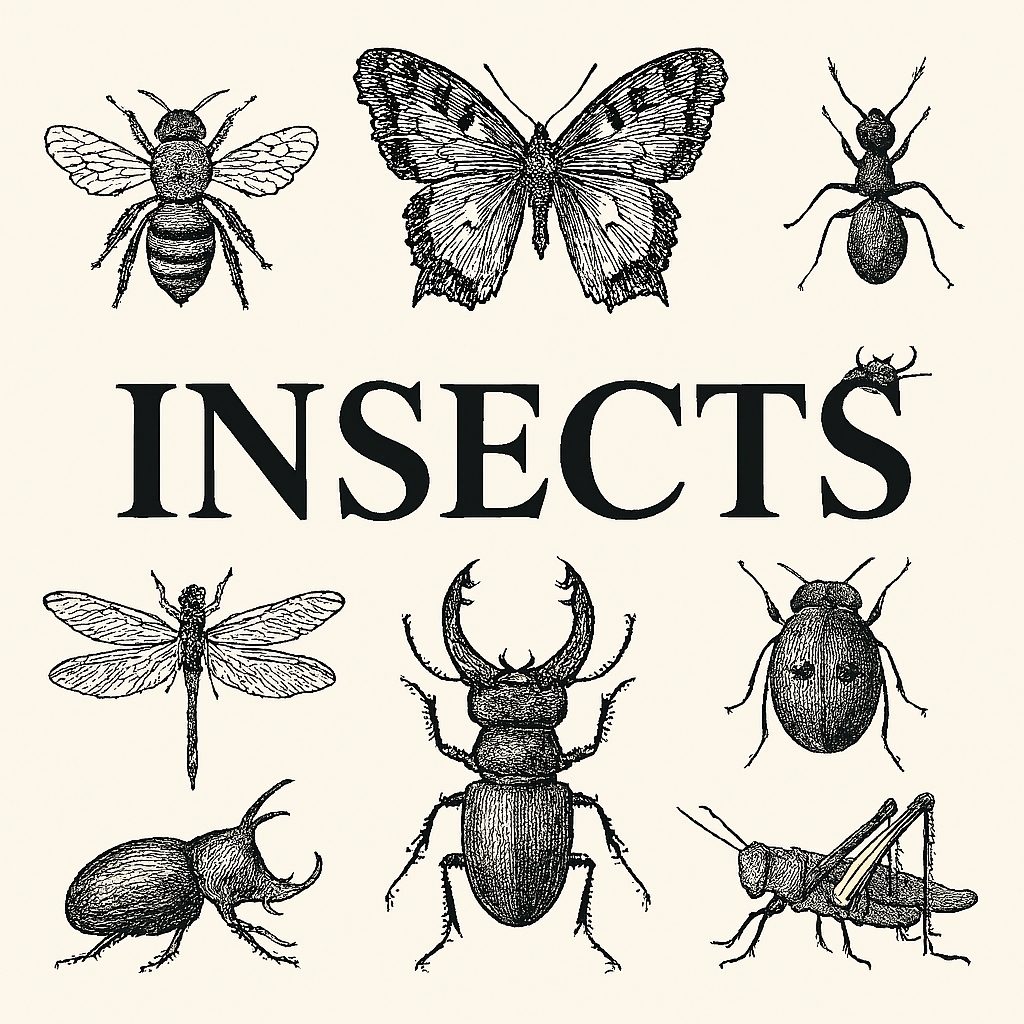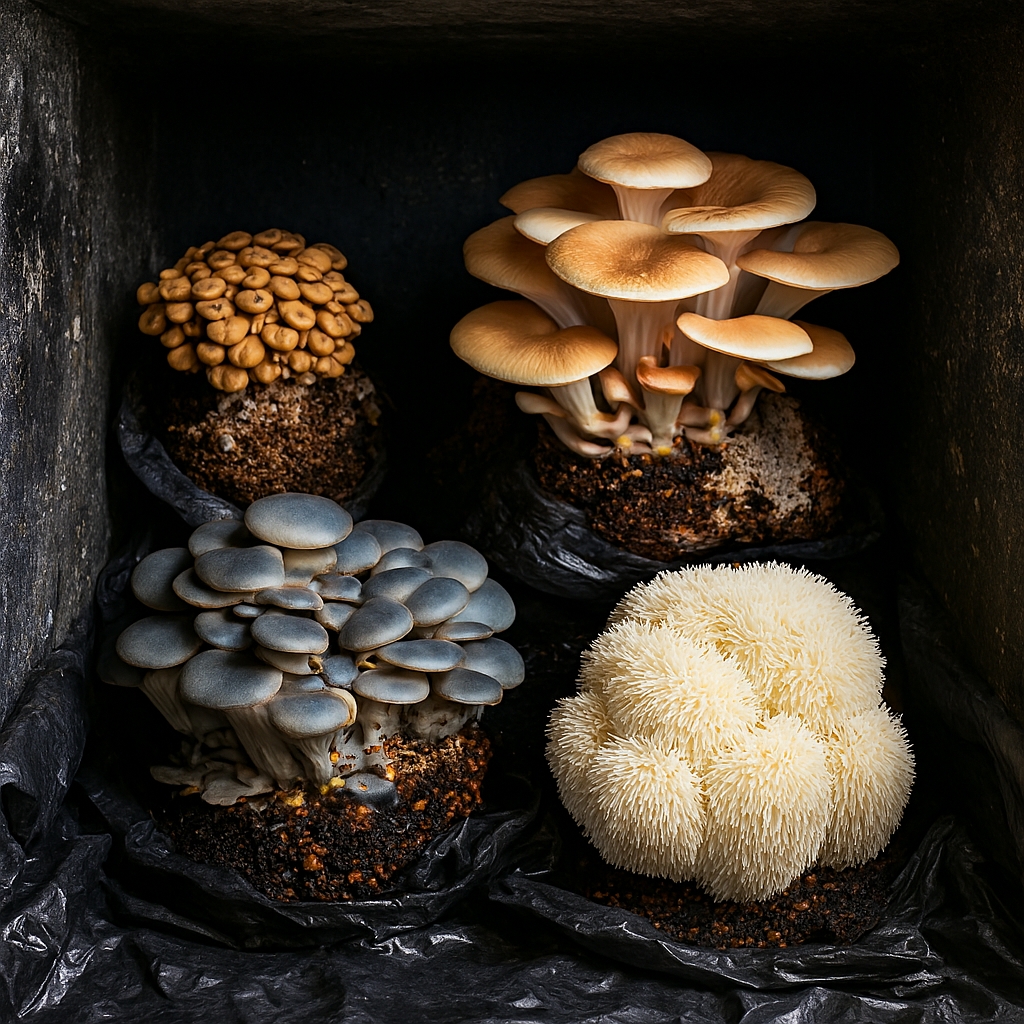Testing is an essential part of ensuring that our environment and river systems are healthy and sustainable. It is a way to identify potential problems before they become too big to handle. Testing can help us understand the quality of water, soil, and air in our environment, and it can help us identify the sources of pollution.
When it comes to river systems, testing is especially important. Rivers are a vital part of our ecosystem, providing habitat for a wide variety of plants and animals. They also provide us with drinking water, irrigation water, and recreational opportunities. However, rivers are also vulnerable to pollution from a variety of sources, including agricultural runoff, industrial waste, and sewage.
Testing can help us identify the sources of pollution and take action to prevent further contamination. For example, if testing reveals that a particular stretch of river is contaminated with high levels of nitrogen, we can investigate the source of the nitrogen and take steps to reduce it. This might involve working with farmers to reduce fertilizer use or working with industry to reduce nitrogen emissions.
In addition to identifying sources of pollution, testing can also help us monitor the health of river systems over time. By regularly testing water quality, we can track changes in the river’s ecosystem and take action to address any problems that arise.
As for the personal touch, I think it’s important to remember that we all have a role to play in protecting our environment and river systems. Whether it’s reducing our own use of plastic, supporting local conservation efforts, or advocating for stronger environmental policies, we can all make a difference. Working together can change and ensure that our knowledge and understanding of rivers remain and continue to be healthy and vibrant for generations to come.
Please feel free to leave your thoughts and also check out for more information ecoreefproject.com
Photograph by Mike Fernandes

















Leave a Reply